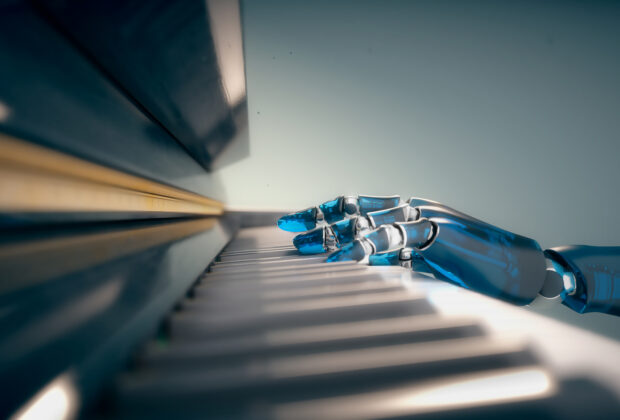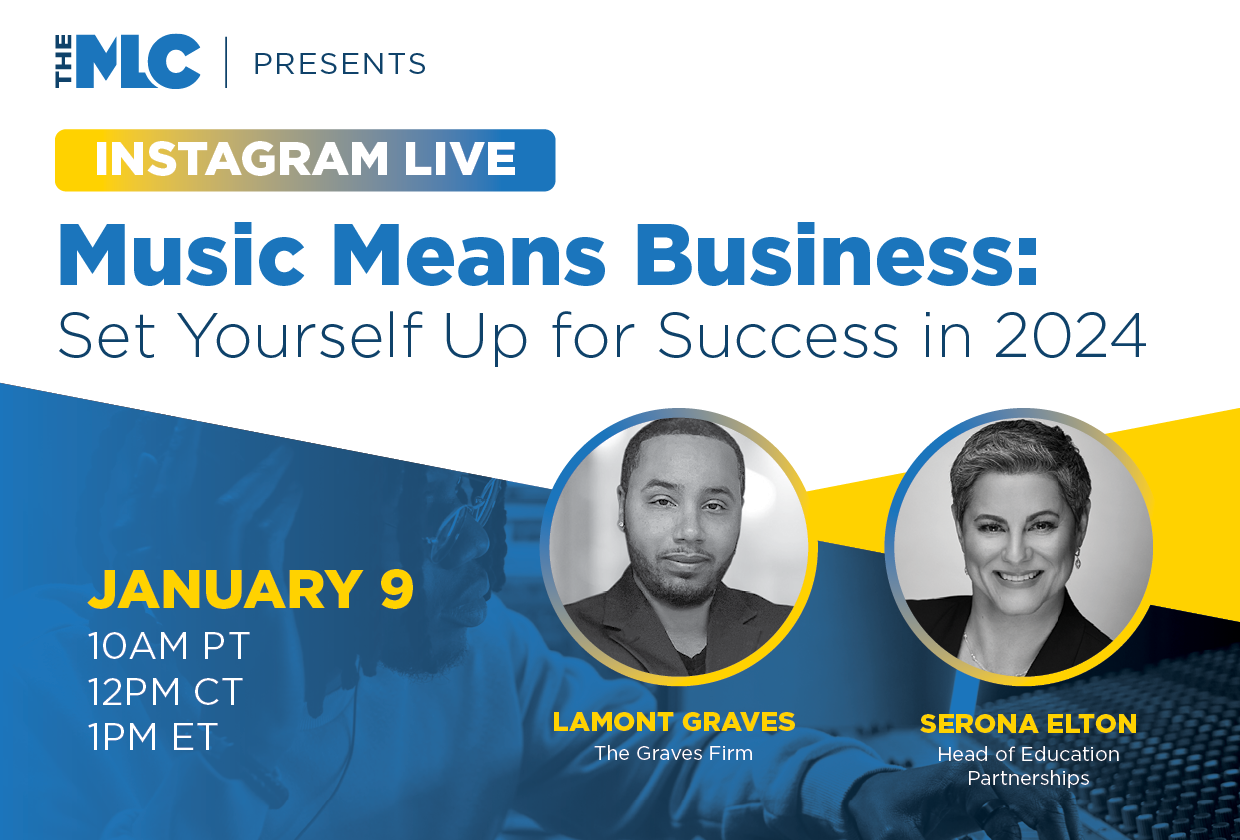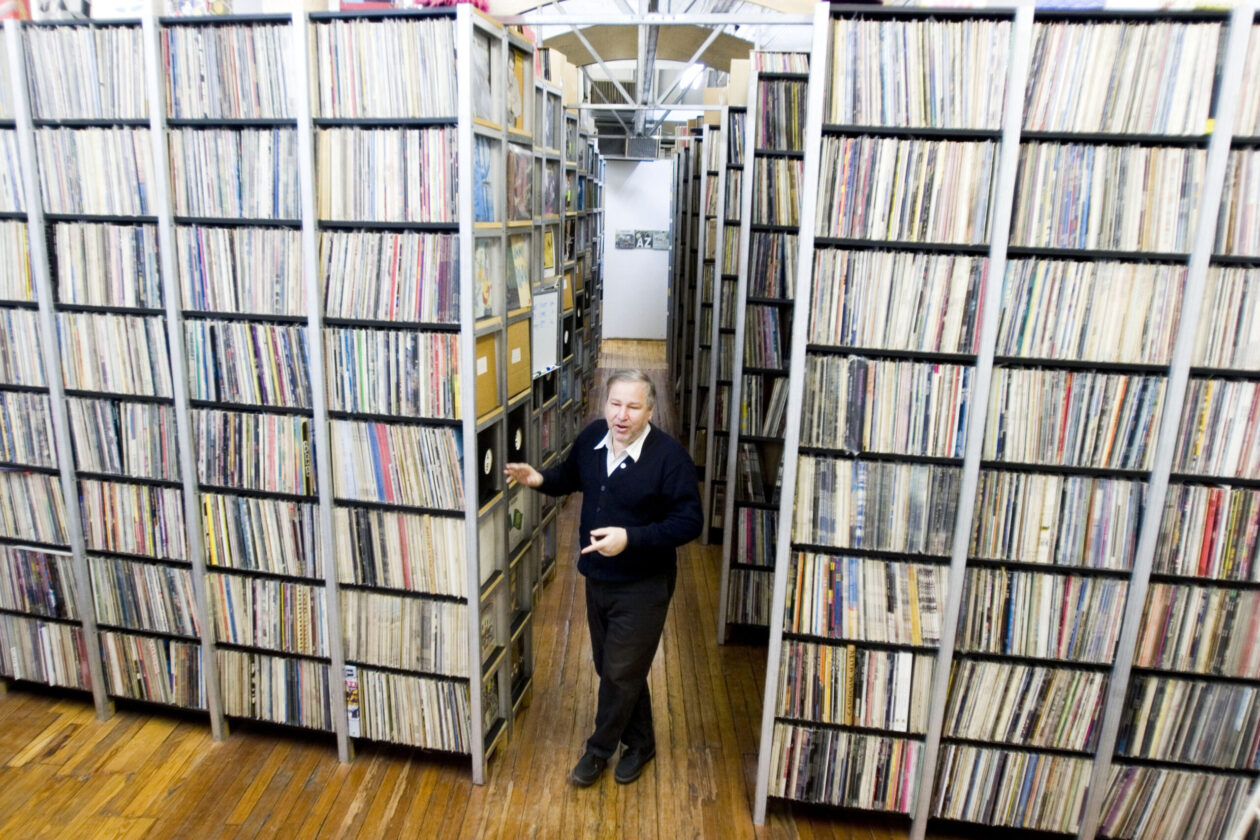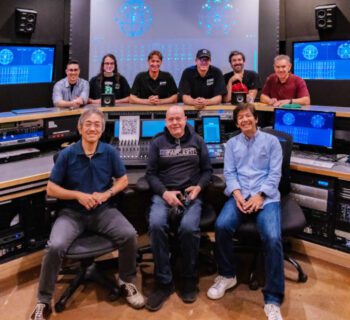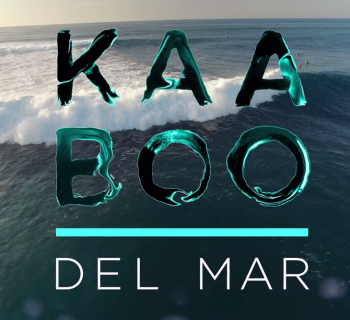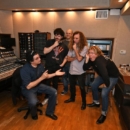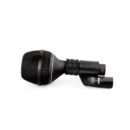Actors and writers reached their agreement with A.I. What about sound designers?
After some long and painful fights, the issue of A.I. — at least for actors and writers — has been resolved. For the rest of us in Hollywood, however, the unpacking of A.I. has only just begun. Navigating the future of the sound design industry will depend on engineers and editors understanding how to maximize the capability and productivity of A.I. tools.
While filmmaking and production were shut down for most of the year by the long and painful strike, the industry of Hollywood has continued to churn. Though the “Barbenheimer” craze over the summer cushioned the economic blow for some studios, the last six months have seen major Hollywood studios bend over backward to improve profitability.
Studios direct-to-consumer offerings — streamers — have borne the brunt of these efforts; in this grand experimentation, everything from storytelling structure to pricing models have been on the table. Streamers have merged, shifted, and cut entire projects in an attempt to impress investors with their bottom line.
It’s a reasonable concern, then, that having failed with the actors and writers, other, less powerful and more technical groups — such as sound engineering — may be on the line for A.I. replacement and the presumed associated cost savings. And it’s not necessarily a wild leap: it’s inevitable that A.I. will, as with other industries, dramatically shift what the workflow for sound engineers will look like.
Sound engineers looking to forge their future not only during these tumultuous times in Hollywood, but also in the “civilian” sector, need to be smart about how they deploy A.I. There are already tools available that can help us speed up our processes and projects. Two good examples:
- Sound cataloging and library management: Finding a specific sound in a sound library can be an incredibly time intensive process. I know that my own library is made up of over two terabytes of various sounds, and digging through it to find a specific one can take hours. There are A.I. tools on the market that can not only uncover a sound, but also generate timestamps inside each audio clip.
- Audio description mixing: Mixing for audio description can be a rote process. Clients have specifications they want met, and save for a bit of artistry, the process is fairly straightforward. A program’s audio needs to drop at a certain point before the narratives begin, and resume shortly after it ends. A.I. can automate the process, doing an effective first draft of the work, creating time for the engineer to check and fix any mixing issues after the first rendering.
As in other industries, these tools offer methods of speeding up delivery and service, and will eventually become the standard practice. As cost savings continue to be a major priority for studios, expect to see A.I. technologies implemented to a greater and greater extent.
But will sound engineers face an existential crisis as a result of A.I.?
Yes — and no.
As the more basic tasks of sound design — such as sound effects cataloging and audio description mixing — are outsourced to A.I. tools, other novice positions, like interns and PA roles, will likely dry up. If companies can find cost savings by using technology, they will, and the impact will likely be fewer roles for individuals just getting started and learning the business.
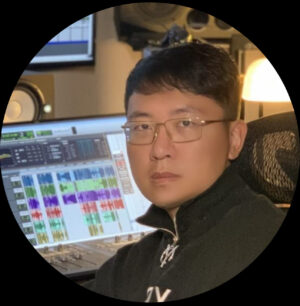
At the same time, sound design — like many other post-production positions — is both an art and a science. The best among us have the technical skills needed to create a cohesive soundscape, while also having the artful ear that can create a character out of the audio. Part of being a sound designer is having the ability to translate a director’s vision into a rich and immersive sound experience.
In an industry that runs on connections and creativity, removing the position of sound engineer likely won’t happen, especially at the highest levels. Certainly, the lower tier and newer streaming services — those who are just creating content for content’s sake — may turn to some emerging A.I. tools to churn out fast, good enough sound designs that simply gets the job done. As TikTok and TikTok-like mini productions grow in popularity, rapid turnaround will be prioritized over quality.
But there will continue to be a happy medium for sound design and engineering. Work in this industry long enough, and you know that relationships are everything. Directors are on the lookout for partners who have the emotional sensibility and creativity to translate their vision, add to it, and produce something even better.
The Oscar-winning directors of the world aren’t likely to give up that relationship soon, attached as they are to the individuals who help to drive the creative process alongside them. Similarly, independent artists and filmmakers, who are driven by creativity and passion, aren’t likely to pursue ease over art.
Soft skills will still win the day for sound designers, but smart studios can, and will, start bracing themselves for an A.I.-driven future.
DAVID ZANG is the owner of AsparTateSounds in Los Angeles. He is an award-winning re-recording mixer, a sound editor, and a location sound mixer. Feel free to reach out to David on his website, www.aspartaterecords.com

